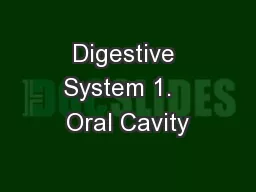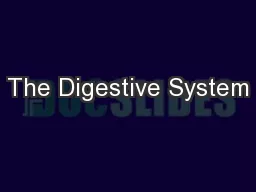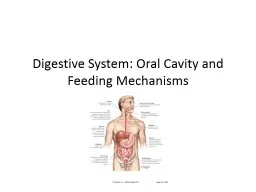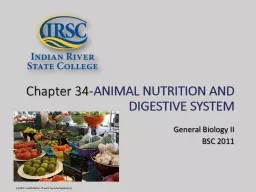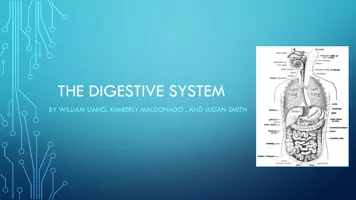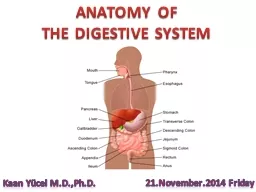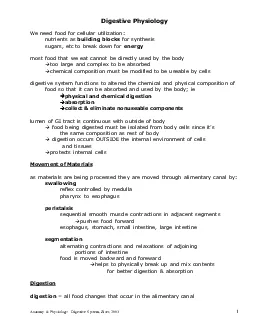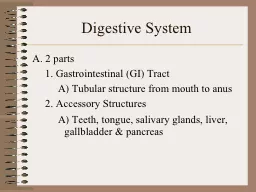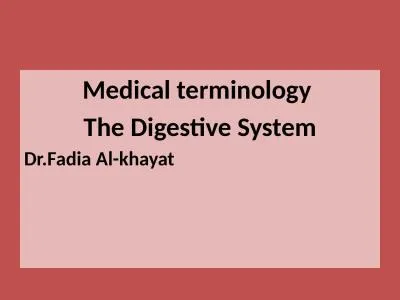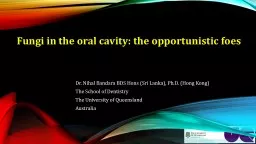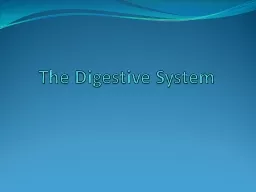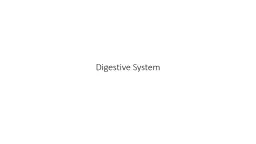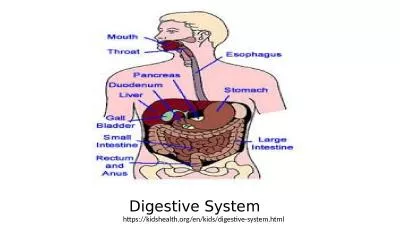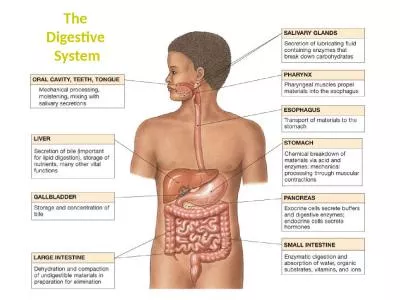PPT-Digestive System 1. Oral Cavity
Author : calandra-battersby | Published Date : 2018-11-02
Where Digestion begins Contains several structures that help start digestion A Teeth Break down food 32 in an adult 20 in a child 1 Oral Cavity B saliva
Presentation Embed Code
Download Presentation
Download Presentation The PPT/PDF document "Digestive System 1. Oral Cavity" is the property of its rightful owner. Permission is granted to download and print the materials on this website for personal, non-commercial use only, and to display it on your personal computer provided you do not modify the materials and that you retain all copyright notices contained in the materials. By downloading content from our website, you accept the terms of this agreement.
Digestive System 1. Oral Cavity: Transcript
Download Rules Of Document
"Digestive System 1. Oral Cavity"The content belongs to its owner. You may download and print it for personal use, without modification, and keep all copyright notices. By downloading, you agree to these terms.
Related Documents

